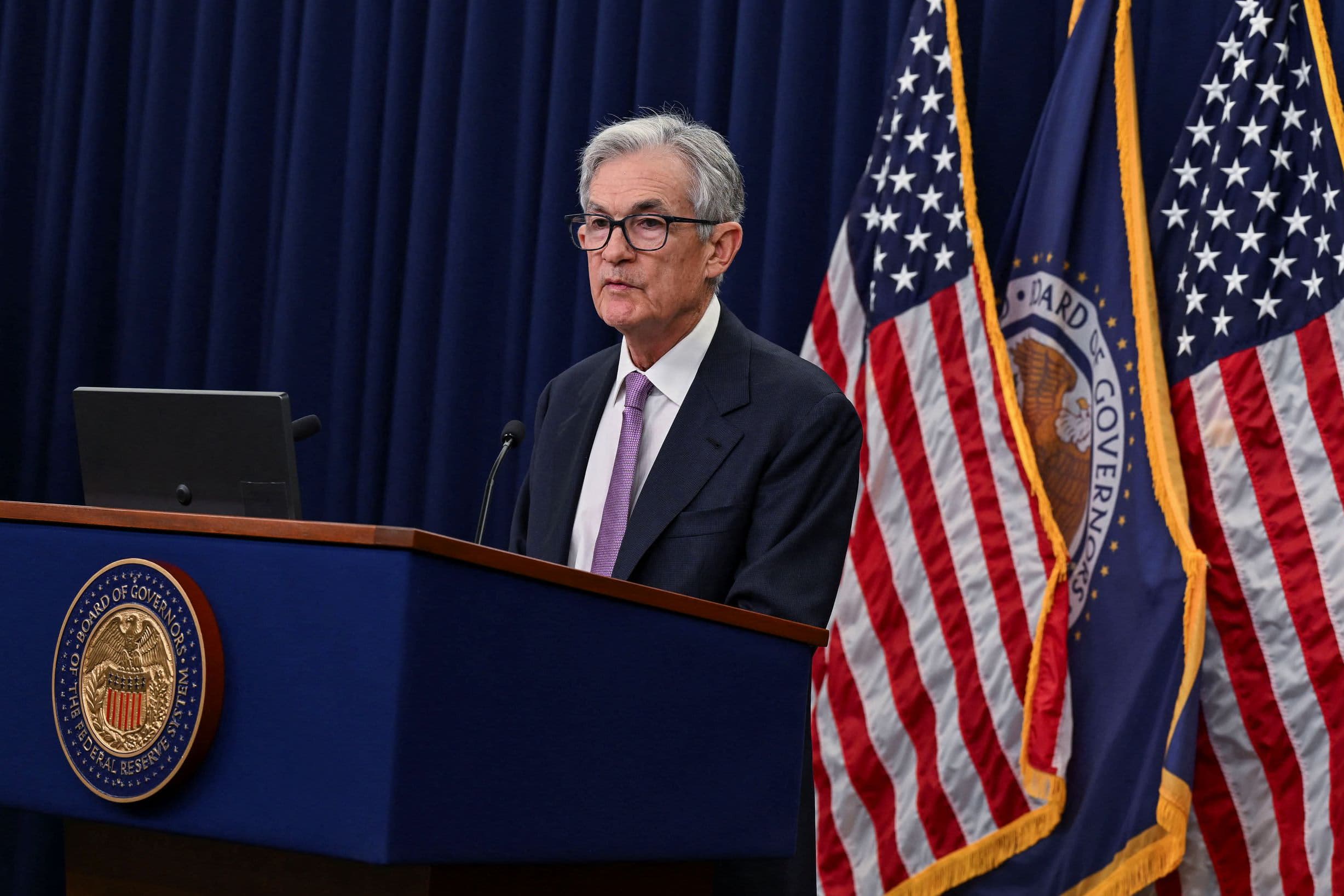Gradual interest rate cuts are predicted by fed officials, according to meeting minutes.

According to minutes from the November meeting released Tuesday, Federal Reserve officials expressed confidence that inflation is easing and the labor market is strong, allowing for further interest rate cuts at a gradual pace.
Despite inflation remaining above the Fed's 2% goal, officials expressed comfort with the pace of inflation during the meeting summary.
The Federal Open Market Committee members indicated that further rate cuts are likely, but they did not specify when and to what degree.
The minutes indicated that if inflation continued to decrease sustainably to 2 percent and the economy remained near maximum employment, participants anticipated that it would be appropriate to gradually shift to a more neutral stance of monetary policy over time.
The FOMC unanimously decided to lower its benchmark borrowing rate by 0.25% to a range of 4.5%-4.75% at the meeting. While markets anticipate the Fed may reduce rates again in December, confidence has decreased due to concerns about President-elect Trump's plans for tariffs potentially increasing inflation.
The meeting did not discuss the election results, but noted that the stock market experienced volatility before and after the Nov. 5 election. Additionally, there was no discussion of the potential economic impacts of Trump's fiscal policy plans, which include lower taxes and deregulation.
The Fed's rate cuts have sparked uncertainty among members about the evolution of conditions and where the rate cuts should stop before reaching a "neutral" interest rate that neither stimulates nor slows growth.
The minutes stated that uncertainties about the neutral rate of interest made it difficult to assess the degree of restrictiveness of monetary policy, and therefore, it was appropriate to gradually reduce policy restraint.
The probability of interest rate cuts in December has decreased to below 60%, with traders expecting only a three-quarters of a percentage point reduction through the end of 2025 due to conflicting signals on inflation and uncertainty over Trump's policies.
The meeting's focus was on discussing inflation's progress and the overall stable economic outlook, as it seemed that committee members spent most of it talking about these topics.
Recent inflation readings are being driven by rising shelter costs, which are expected to decrease as the rate of rent increases slows down and is reflected in the data.
The document stated that almost all participants believed that although month-to-month fluctuations would persist, incoming data would generally align with inflation returning sustainably to 2%. The participants cited several factors that could continue to put downward pressure on inflation, including declining business pricing power, the Committee's still-restrictive monetary policy stance, and well-anchored longer-term inflation expectations.
Despite policymakers' concerns, nonfarm payrolls increased by just 12,000 in October due to storms and labor strikes.
Officials indicated that the state of the labor market is generally solid.
The minutes indicated that participants generally noted that there was no sign of rapid deterioration in labor market conditions, with layoffs remaining low.
Markets
You might also like
- Delinquencies are on the rise while a record number of consumers are making minimum credit card payments.
- U.S. economy state weighs on little changed treasury yields.
- European markets predicted to sustain positive growth.
- Trump hints at imposing a 10% tariff on China starting in February.
- David Einhorn believes we are currently in the "Fartcoin" phase of the market cycle.



















